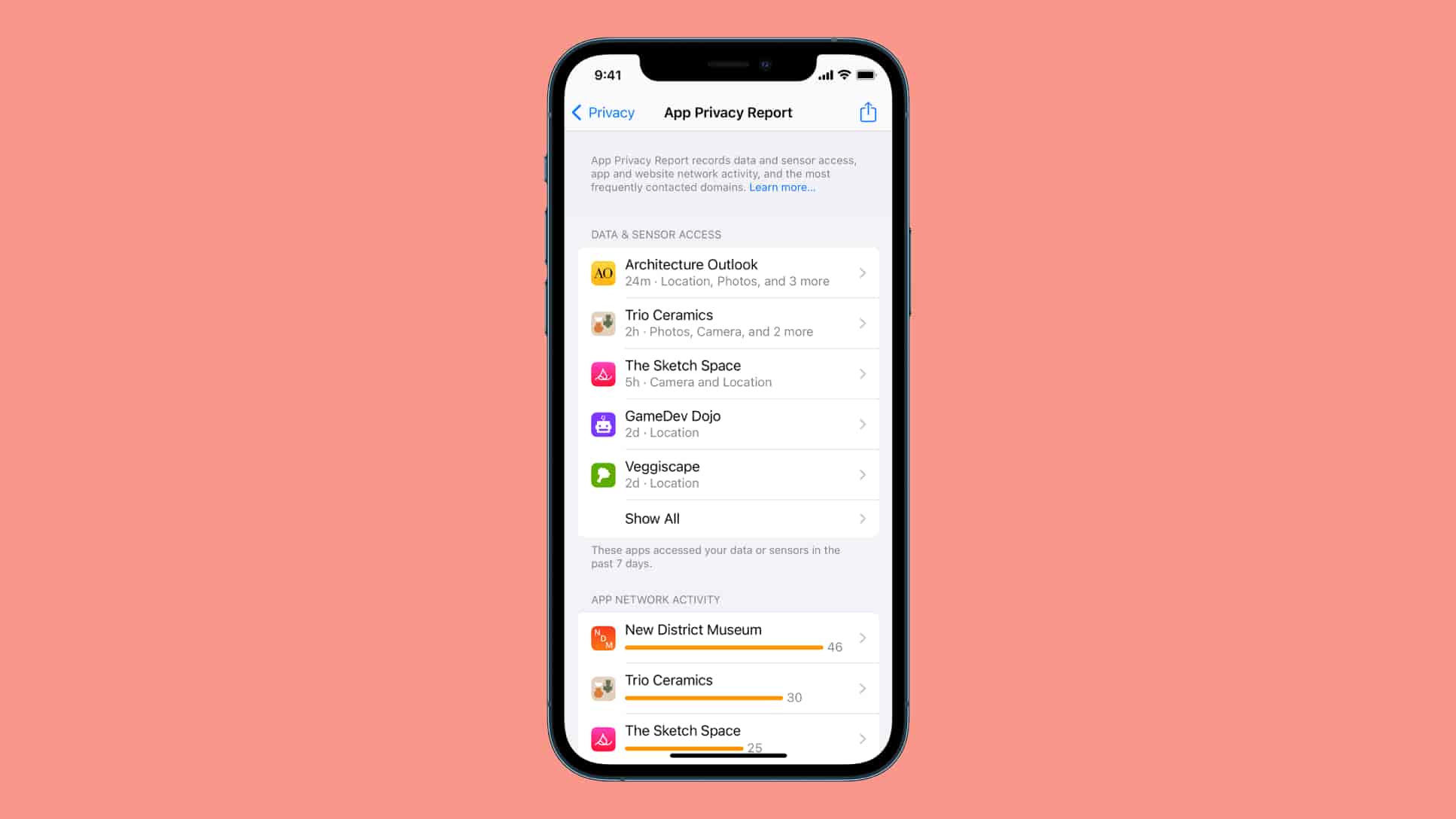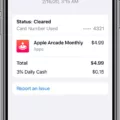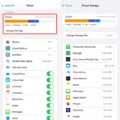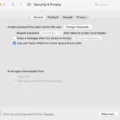In today’s digital age, almost every app we use on our smartphones requires certain permissions to function properly. These permissions can range from accessing our contact list, location, camera, microphone, and more. Without granting these permissions, some apps may not work as intended. However, there may be instances where you may want to disable the required permission for an app. In this article, we will explore the concept of required permissions and how to disable them.
Firstly, let’s understand what the required permissions are. When you download an app from the app store, it requires certain permissions to access your device’s features. These permissions are necessary for the app to function correctly. For example, if you download a camera app, it will require permission to access your device’s camera. Similarly, if you download a messaging app, it will require permission to access your contact list and messaging features.
Now, let’s say you have downloaded an app and it requires permission to access your location, but you do not want to grant it access. In this case, you can disable the required permission. To do so, go to your device’s settings, open the apps section, and select the app you want to modify. From there, you can view the permissions the app requires and toggle them on or off.
It is important to note that disabling the required permission may impact the app’s functionality. For instance, if you disable the location permission for a map app, it may not be able to provide accurate directions. Similarly, if you disable the microphone permission for a voice recording app, it may not be able to record audio.
In order to ensure that your apps work smoothly, you should only disable required permissions if you have a good reason to do so. Otherwise, it is recommended that you grant the necessary permissions to the app.
Required permissions are an essential part of app functionality. However, there may be instances where you may want to disable a required permission. If you choose to do so, you should be aware of the potential impact it may have on the app’s performance. Always use caution when modifying app permissions and only disable them if you have a valid reason to do so.

How Do I Enable A Required Permission On My Phone?
To enable the required permission on your phone, you will need to go to the Settings app and locate the app you want to enable the permission for. If you are unable to find the app, you can tap on “See all apps” to view a complete list of installed apps. Once you have found the app, tap on it and select “Permissions”. Here, you will be able to view all the permissions that the app has been granted or denied. To enable required permission, simply tap on it and choose “Allow”. Conversely, if you want to disable permission, you can choose “Don’t allow”. It is important to note that some apps may not function properly if certain permissions are not enabled, so it is recommended to review all permissions carefully before making any changes.
How Do I Enable Permissions On My Alcatel Phone?
To enable permissions on your Alcatel phone, you need to follow these steps:
1. Go to the “Settings” app on your Alcatel phone.
2. Tap on the “Apps” option.
3. Choose the app for which you want to enable permissions.
4. Once you have selected the app, tap on the “Permissions” option.
5. You will see a list of different permissions which the app requires to function properly.
6. Toggle the switches to enable or disable the permissions according to your preference.
You can repeat the same process for different apps on your Alcatel phone to manage their permissions. It’s important to note that some apps may require certain permissions to work correctly, so make sure to read the descriptions carefully before enabling or disabling any permissions.
How Do I Enable Read Contacts Permissions On Android?
To enable read contacts permissions on Android, you need to follow these steps:
1. Open the Settings app on your Android device.
2. Tap on the “Apps & notifications” option.
3. Scroll down and select the app for which you want to enable read contacts permissions.
4. Tap on the “Permissions” option.
5. Look for the “Contacts” option and tap on it.
6. Toggle on the switch next to “Allow contacts access” to enable read contacts permissions for that app.
After following these steps, the app will now be able to read your contacts on your Android device. It’s important to note that some apps may require additional permissions to be granted in order to fully utilize the contact information, so be sure to check the app’s settings for any additional permissions that may be required.
Conclusion
Managing app permissions on your phone is an important aspect of protecting your privacy and security. By checking which apps have access to your personal information and choosing to allow or deny specific permissions, you can have greater control over your data and limit the risk of any potential security breaches. It is recommended that you regularly review your app permissions and adjust them as necessary to ensure that your personal information remains secure. With the simple steps outlined above, you can easily manage your app permissions and enjoy a safer and more secure mobile experience.








